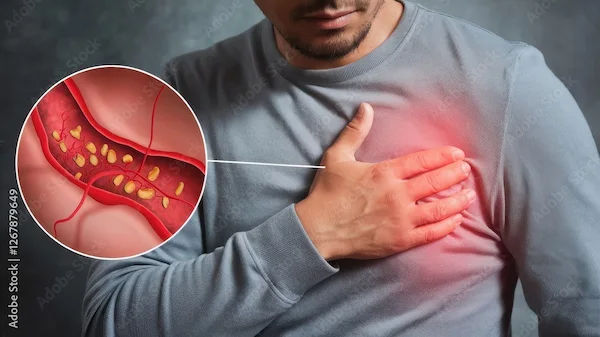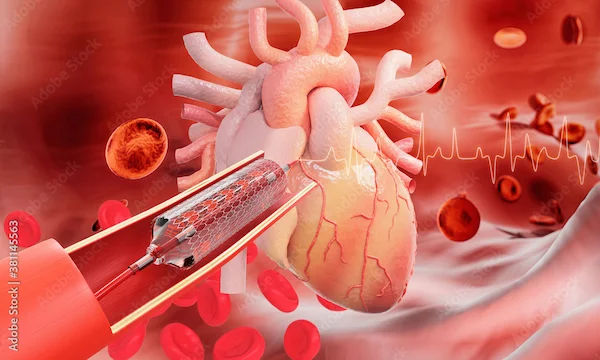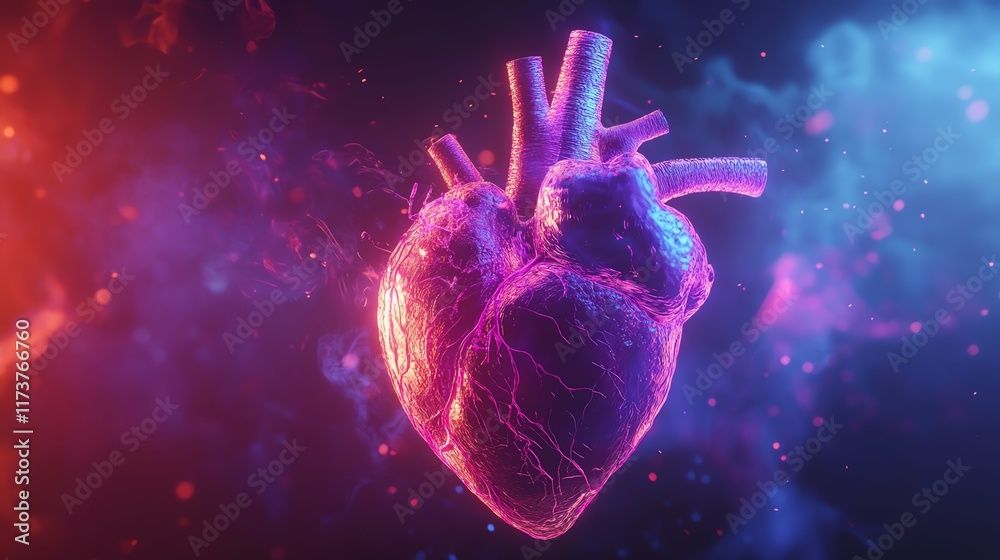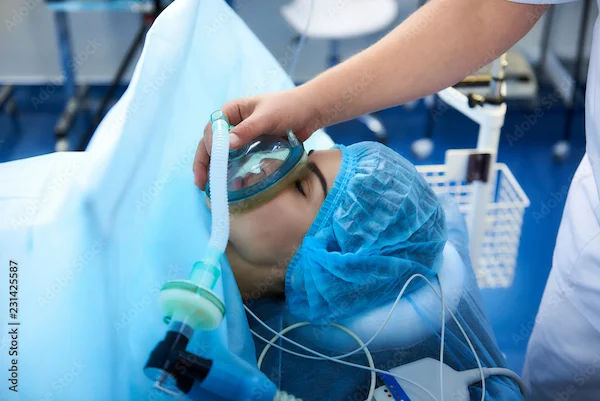Side Effects After Angioplasty
Understand the possible side effects after angioplasty, from mild discomfort to serious complications. Learn what to expect post-procedure and how to ensure a smooth recovery.

Written by
Last updated on 7th Jul, 2025

Introduction
Angioplasty is a common and life-saving procedure used to open blocked or narrowed arteries, usually in the heart. While it helps improve blood flow and reduces symptoms like chest pain (angina), it’s natural to have concerns about possible side effects afterward. Knowing what to expect can help you recover smoothly and take the right steps for a healthier heart.
What is Angioplasty?
Angioplasty is a minimally invasive procedure where a thin tube (catheter) with a small balloon is inserted into a blocked artery. The balloon is inflated to widen the artery, and often, a stent (a tiny mesh tube) is placed to keep it open. This improves blood flow to the heart, reducing the risk of a heart attack.
Common Side Effects After Angioplasty
Most people recover well after angioplasty, but some may experience mild side effects, which are usually temporary. Here’s what you might notice:
1. Bruising or Soreness at the Catheter Site
The area where the catheter was inserted (usually the wrist or groin) may feel tender, bruised, or slightly swollen.
This usually improves within a few days.
What to do:
Keep the area clean and dry.
Avoid heavy lifting or strenuous activity for a few days.
2. Mild Chest Discomfort
Some patients feel slight chest tightness or discomfort after the procedure.
This is often due to the artery adjusting to the stent.
What to do:
Rest and avoid sudden movements.
If the pain is severe or persistent, contact your doctor immediately.
3. Fatigue or Weakness
Feeling tired is common as your body recovers.
What to do:
Get plenty of rest and gradually increase activity as advised by your doctor.
4. Minor Bleeding
A small amount of bleeding at the catheter site may occur.
What to do:
Apply gentle pressure if needed.
If bleeding doesn’t stop, seek medical help.
Consult Top Specialists for Personalised Tips
Less Common but Serious Side Effects
While rare, some complications may require immediate medical attention:
Severe chest pain (could indicate a problem with the stent or artery).
Shortness of breath (may signal a blood clot or heart issue).
Excessive bleeding or swelling at the catheter site.
Fever or signs of infection (redness, warmth, pus at the insertion site).
If you experience any of these, contact your doctor or go to the nearest emergency room.
How to Manage Recovery and Reduce Risks?
Recovery after angioplasty involves taking care of your heart health to prevent future blockages. Here are some key steps:
1. Take Prescribed Medications
Blood thinners (like aspirin or clopidogrel): Prevent blood clots around the stent.
Cholesterol-lowering drugs (statins): Keep arteries clear.
Blood pressure medications: Help reduce strain on the heart.
Never stop medications without consulting your doctor.
2. Follow a Heart-Healthy Diet
Eat more fruits, vegetables, whole grains, and lean proteins.
Reduce salt, sugar, and unhealthy fats (fried foods, processed snacks).
Limit alcohol and avoid smoking.
3. Stay Active (But Don’t Overdo It)
Start with light walks and gradually increase activity.
Avoid heavy lifting or intense exercise until your doctor approves.
4. Monitor Your Health
Keep track of blood pressure and cholesterol levels.
Attend follow-up appointments to check stent function.
5. Manage Stress
Practise relaxation techniques like deep breathing, meditation, or yoga.
Get enough sleep to help your body heal.
When to Seek Help?
Call your doctor if you notice:
Worsening chest pain.
Difficulty breathing.
Unusual swelling or bleeding.
Signs of infection (fever, redness at the insertion site).
Conclusion
Angioplasty is a highly effective treatment for blocked arteries, and most side effects are mild and temporary. By following your doctor’s advice, taking medications as prescribed, and making healthy lifestyle changes, you can recover well and protect your heart for the long term.
Consult Top Heart Surgeon
Consult Top Specialists for Personalised Tips

Dr. Siddharth Bajaj
Cardiologist
10 Years • MBBS, M.D. D.M. (Cardiology)
Hyderabad
Apollo Hospitals Jubilee Hills, Hyderabad

Dr. Chandra Prakash Thakur
Cardiologist
5 Years • MBBS, MD ( Medicine), DM ( Cardiology)
Guwahati
Apollo Hospitals G S Road, Guwahati
Dr. Diganta Buragohain
Cardiologist
1 Years • "DM (Cardiology) in 2025 from NEIGRIHMS, Shillong MD (General Medicine) in 2020 Gauhati Medical College, MBBS in 2015 from Gauhati Medical College,"
Guwahati
Apollo Excelcare Hospital, Guwahati
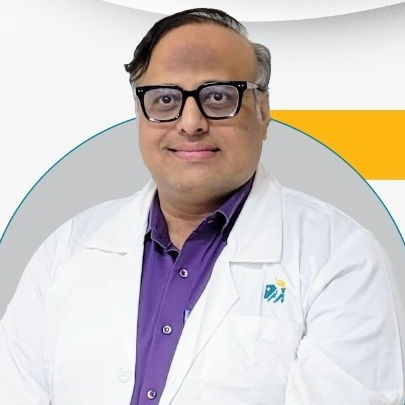
Dr. Lal Daga
Cardiologist
20 Years • MBBS, DNB [MED], DNB [CARDIO], FESC [INT], MNAMS
Ahmedabad
Apollo Hospitals Gandhinagar, Ahmedabad
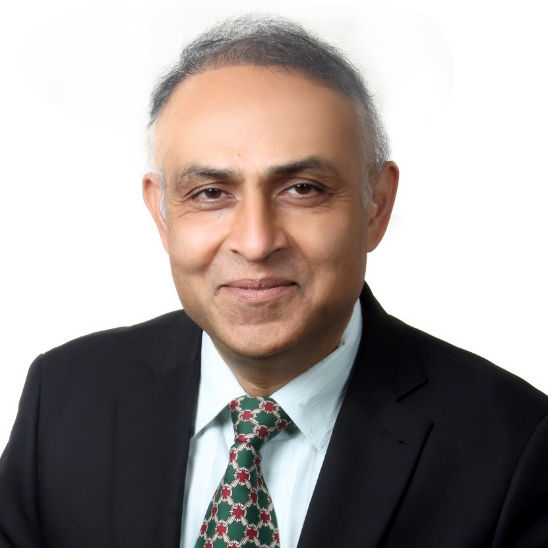
Dr. Monik Mehta
Cardiologist
38 Years • MBBS, MD, DM (Cardiology), FACC (Fellow of American College of Cardiology), Fellowship (Cardiac Electrophysiology)
Gurugram
APOLLO SUGAR CLINICS GURUGRAM, Gurugram
Consult Top Heart Surgeon

Dr. Siddharth Bajaj
Cardiologist
10 Years • MBBS, M.D. D.M. (Cardiology)
Hyderabad
Apollo Hospitals Jubilee Hills, Hyderabad

Dr. Chandra Prakash Thakur
Cardiologist
5 Years • MBBS, MD ( Medicine), DM ( Cardiology)
Guwahati
Apollo Hospitals G S Road, Guwahati
Dr. Diganta Buragohain
Cardiologist
1 Years • "DM (Cardiology) in 2025 from NEIGRIHMS, Shillong MD (General Medicine) in 2020 Gauhati Medical College, MBBS in 2015 from Gauhati Medical College,"
Guwahati
Apollo Excelcare Hospital, Guwahati

Dr. Lal Daga
Cardiologist
20 Years • MBBS, DNB [MED], DNB [CARDIO], FESC [INT], MNAMS
Ahmedabad
Apollo Hospitals Gandhinagar, Ahmedabad

Dr. Monik Mehta
Cardiologist
38 Years • MBBS, MD, DM (Cardiology), FACC (Fellow of American College of Cardiology), Fellowship (Cardiac Electrophysiology)
Gurugram
APOLLO SUGAR CLINICS GURUGRAM, Gurugram
